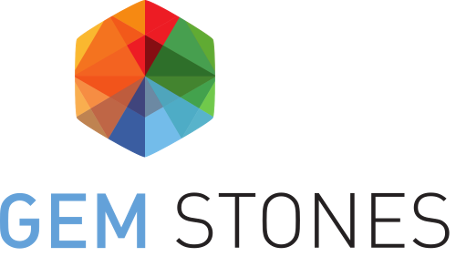EU–AsEAN Relations in the Post-2015 Climate Regime: Exploring Pathways for Top-down and Bottom-up Climate governance
In Climate change diplomacy : the way forward for Asia and Europe
Climate change and its consequences are one of the biggest challenges for international poli- tics and cooperation. There is no doubt about the devastating effects of climate change for many countries. International “Climate Summits” have repeatedly pointed out the need for joint actions by the international community. However, these summits often could not agree on common targets and policies that include all key stakeholders. In the meantime, inter- national analyses and predictions on the consequences of climate change show that Europe, the USA and the People’s Republic of China are among the biggest emitters of CO2, while many Asian countries suffer from the negative impacts of climate change. At the same time, economic development in most Asian countries is accompanied by increasing emissions of greenhouse gases – a typical dilemma for many emerging markets and developing countries that requires a clear de-coupling strategy.
In order to contribute to the understanding of the current developments and initiatives on climate change diplomacy, this publication includes papers with perspectives from Europe and Asia. What is the strategic interest of key countries? How can they cooperate? What roles do alternative forms of cooperation play in the discussions? These and other questions will be addressed in this publication.
Coraline Goron takes a closer look at the EU-ASEAN relations in the climate change negotiations. She analyzes both top-down and bottom-up approaches for inter-regional coop- eration. The different positions of these two regional bodies are discussed and possibilities for enhanced cooperation are drawn.
Link: here
![]()
This project receives funding from the European Union's Horizon 2020 research and innovation programme under the Marie Sklodowska-Curie Grant Agreement No 722826.
















